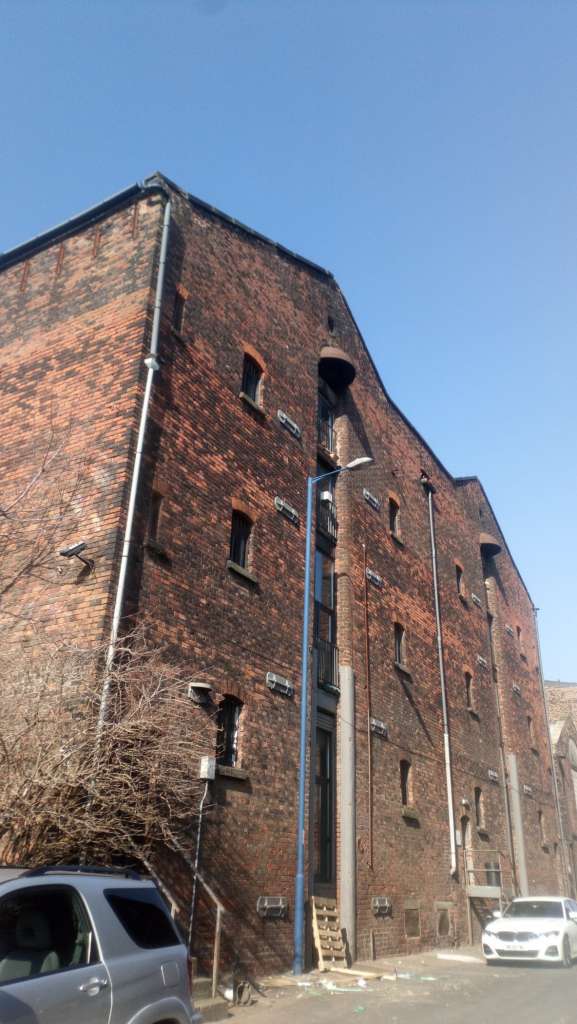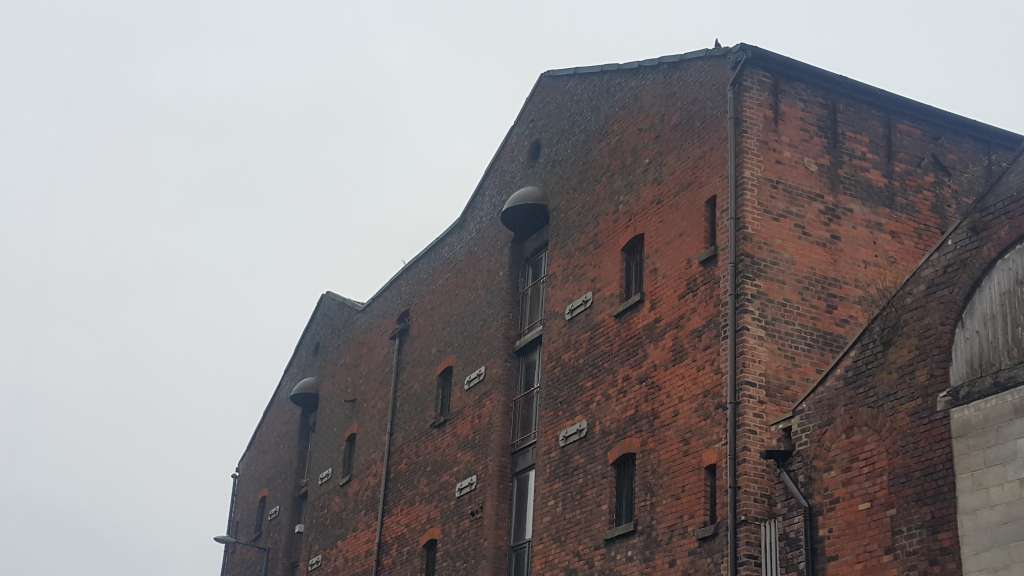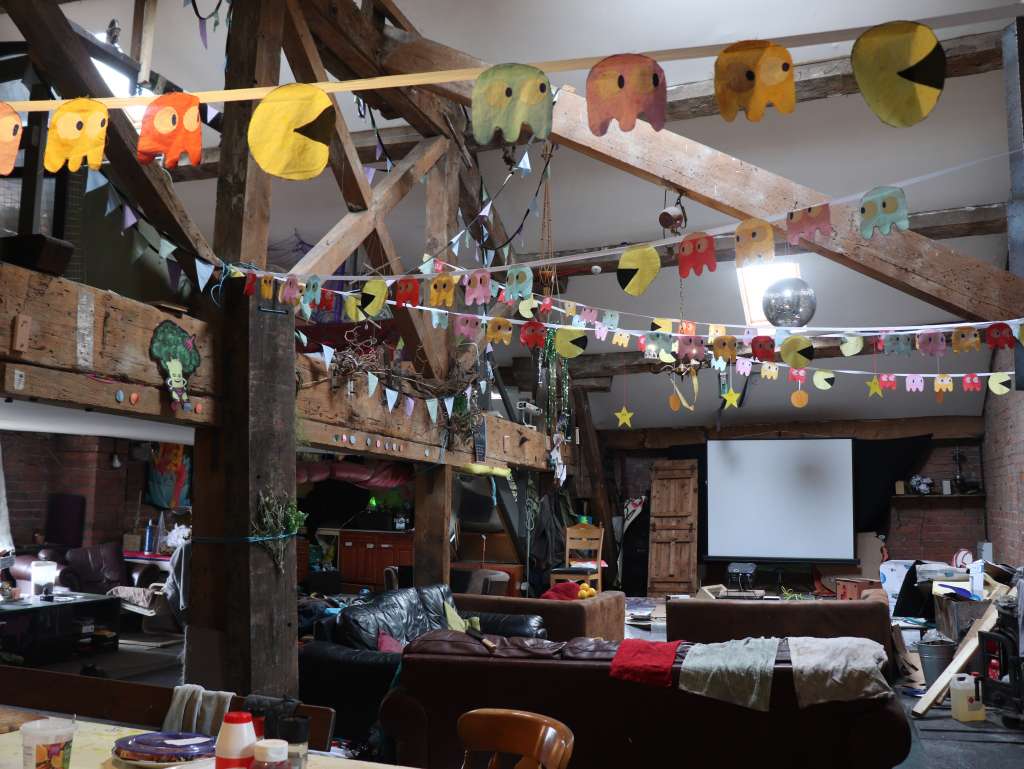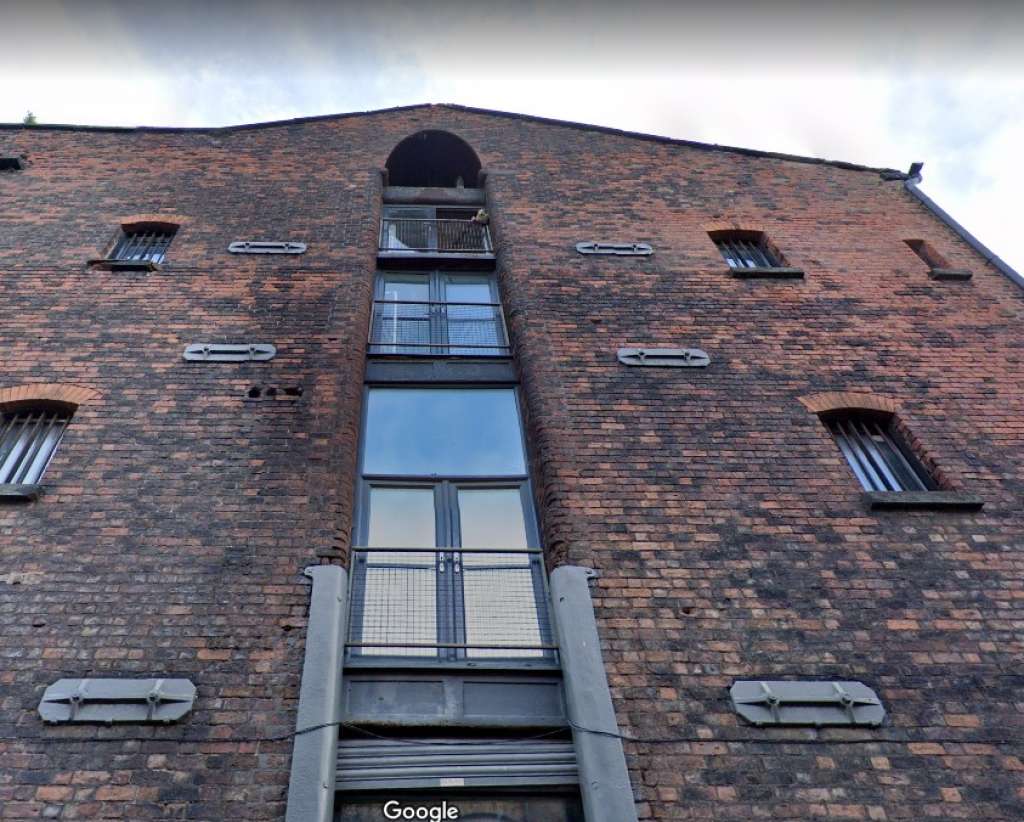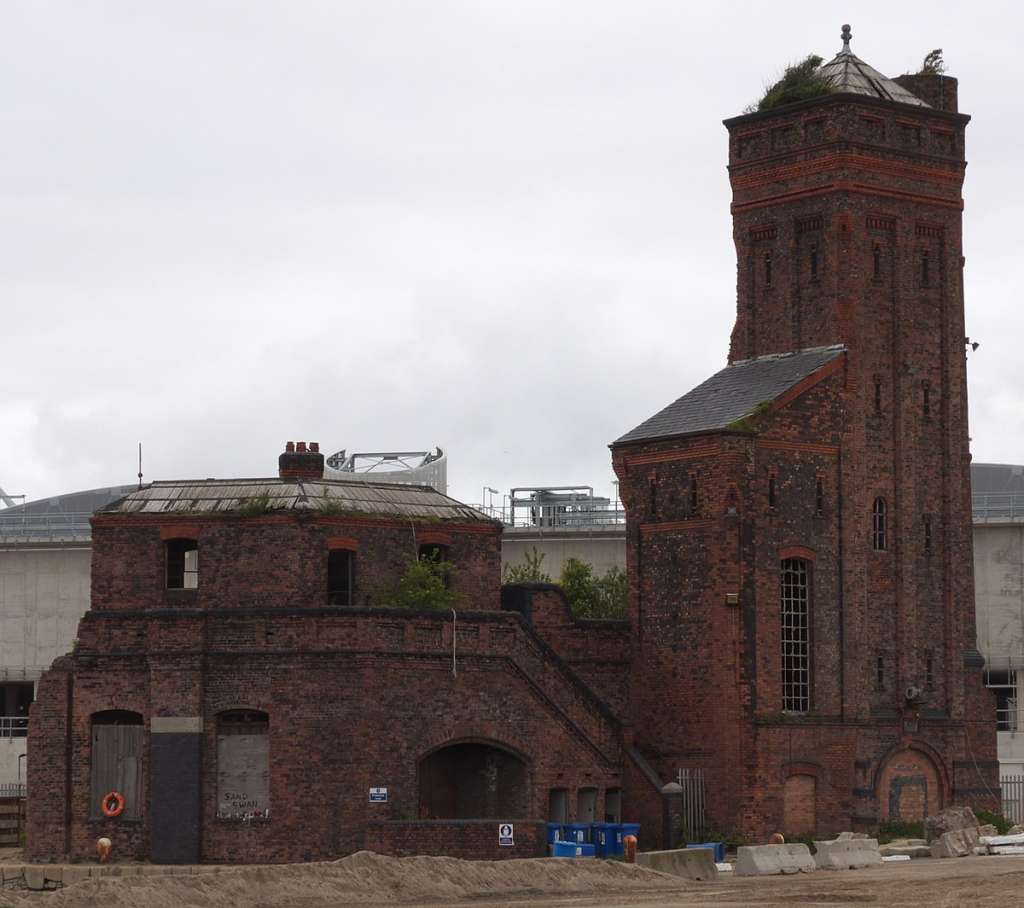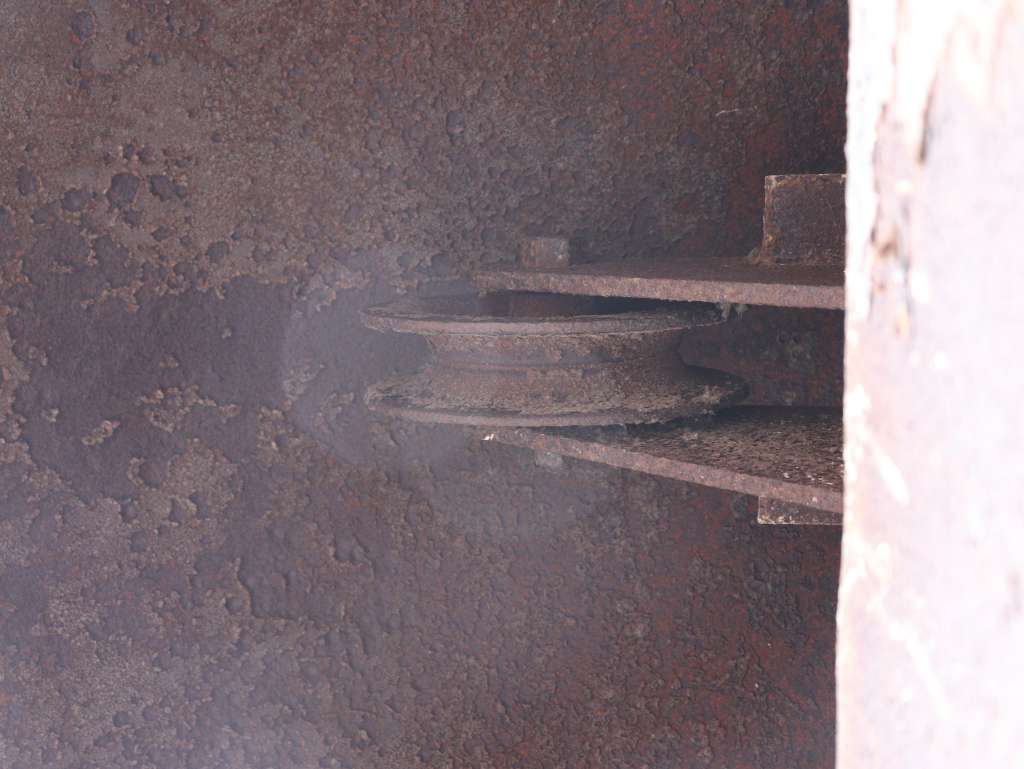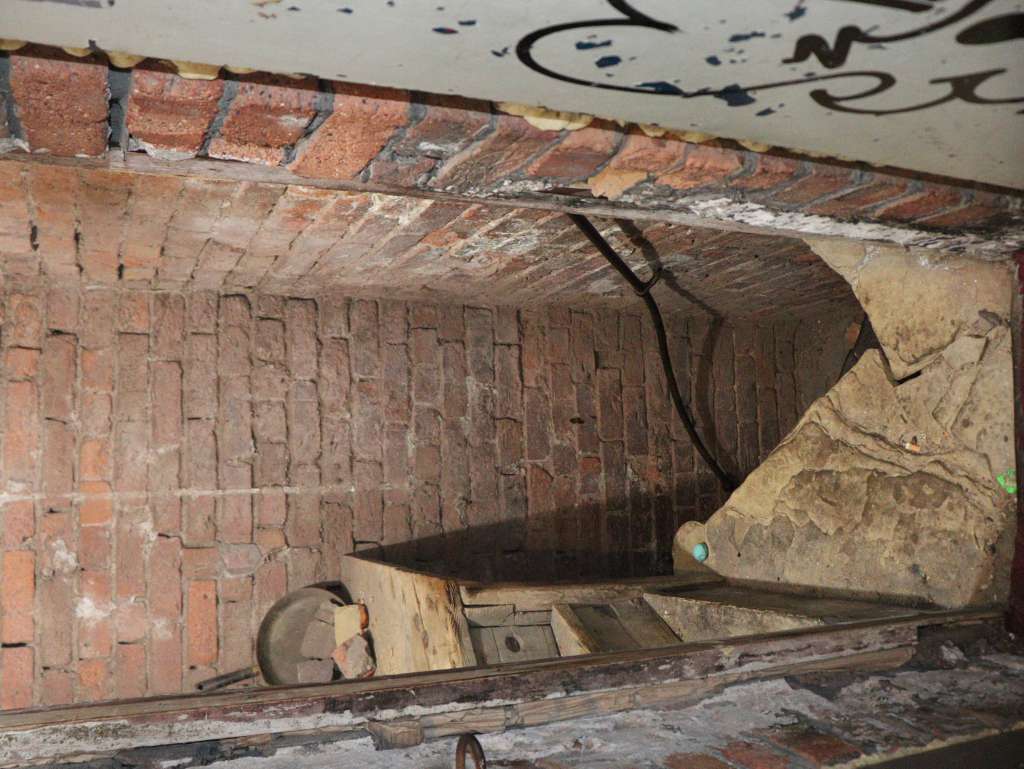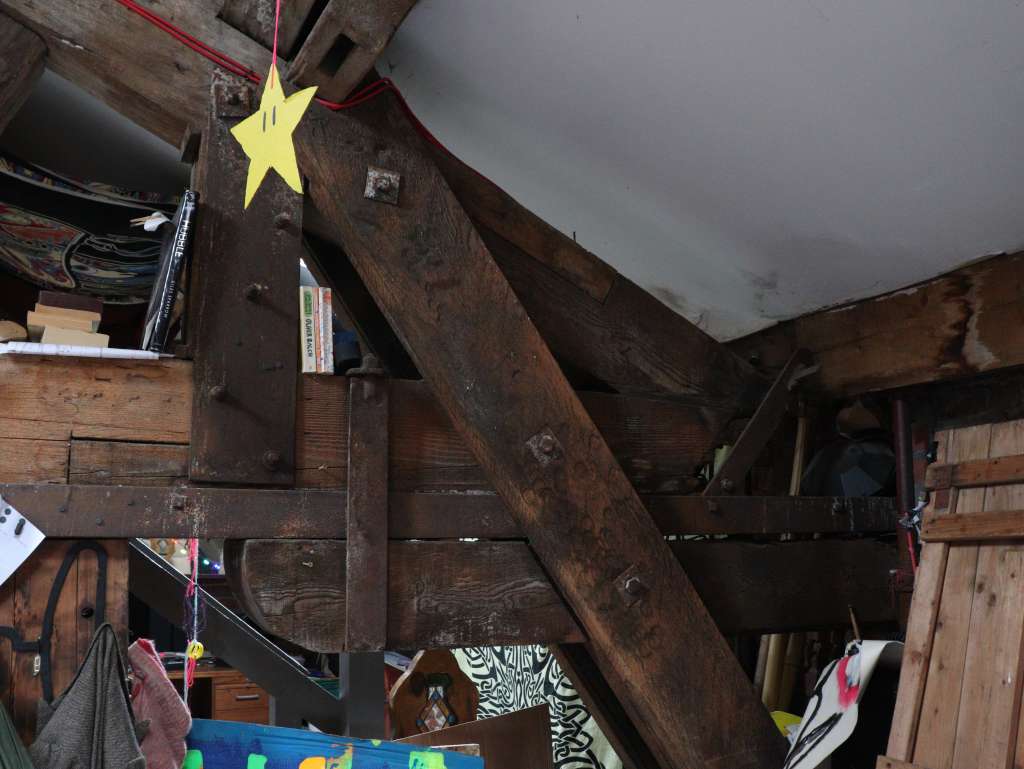Listing Success: 1840s Liverpool mill granted grade II status
13th May 2020
SAVE has successfully supported the listing of a historic former Cotton Mill in Liverpool's northern docks. Following a SOS from concerned local residents regarding proposals to demolish the imposing 1840s Provender Mill at 15-17 Fulton Street, SAVE objected strongly to the plans and submitted evidence in support of the listing application. Following the advice of Historic England, the Department for Digital Culture, Media and Sport has now listed the mill at grade II, raising hopes that demolition may be averted.
The Provender Mill is thought to be have been built as early as the 1840s, with insurance maps from 1850 onwards showing the large, 5-storey brick building clearly marked. Located amongst the city’s historic northern dockyards, the mill played an active role in the area’s development, supporting the industrial activities of the docks which brought Liverpool so much prosperity from the 19th century onwards. It was originally thought to have handled cotton, and was therefore built as a fireproof warehouse, with thick brick retaining walls, cast iron fire doors and structural spiral staircases ensuring the building was less susceptible to fire, which was a major issue at the time.
As our photos above show, many of these features remain intact, including the original internal pulleys used to hoist bails between the warehouse floors, as well as the extensive and striking beamed vault with its original slate roof.
Despite the building’s successful conversion to artist studios and student apartments in the early 2000s, proposals were submitted by a local developer to demolish the mill to construct a 9-storey, 167-bed IBIS hotel and a 9-storey multi-storey car park. SAVE objected strongly to these proposals and supported a listing application to help protect the building. We argued that the demolition of this significant and well-preserved historic mill contravened planning policy and would see the needless loss of a locally valued historic building, already converted successfully for new residential use and within the buffer zone of the city’s UNESCO World Heritage Site.
Ben Oakley, conservation officer at SAVE Britain’s Heritage says: “this is an important victory not just for Liverpool’s precious historic industrial heritage, but also for the power of local voices in acting to protect unlisted historic buildings they value, and which might otherwise be lost.”
Historic England in their listing assessment report state the reasons for listing the mill at grade II are based on its special architectural, historic and group value. The report notes that “the building's industrial character and warehouse function are clearly readable in its fabric and it displays many of the characteristic features of Liverpool warehouse design…despite some later conversion works the building's historic character survives well and its original function remains clearly readable in the physical fabric…It is an important survival of a mid-C19 warehouse associated with the trade of the international port of Liverpool at the peak of its prosperity and success, and represents the expansion of the dock system northwards from the city centre.”
They also note the strong group value the mill has in the context of other remaining heritage asset in the area, such as the nearby dock wall along Regent Road and dock entrances (1848, Grade II), Bramley Moore Dock retaining walls (1848, Grade II), and the hydraulic engine house at Bramley Moore Dock (1883, Grade II), as well as the numerous listed buildings and structures at Stanley Dock, Collingwood Dock and Salisbury Dock.
See the full listing entry for the Provender Mill here.
ENDS.
Notes to editors:
- For further information contact Ben Oakley, conservation officer at SAVE Britain's Heritage at ben.oakley@savebritainsheritage.org or on 07388 181 181.
- SAVE Britain’s Heritage has been campaigning for historic buildings since its formation in 1975 by a group of architectural historians, writers, journalists and planners. It is a strong, independent voice in conservation, free to respond rapidly to emergencies and to speak out loud for the historic built environment.

